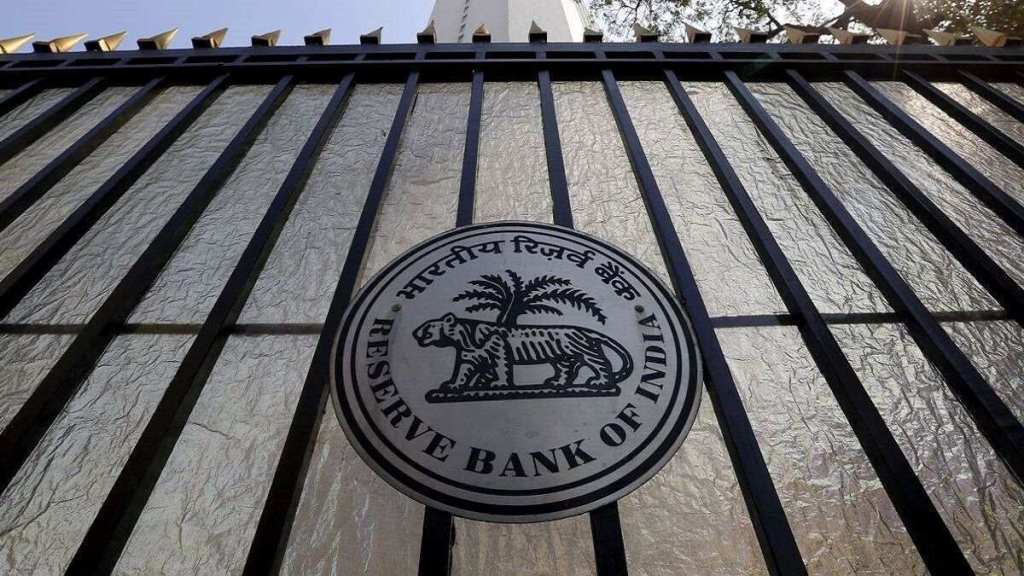Small finance banks have shown a marked improvement in asset quality in recent years and have managed to reduce some of the initial skepticism over their business models. However, a plethora of issues like a high cost of deposits, product concentration, and geographical concentration has left Reserve Bank of India (RBI) and investors unconvinced.
“The entire business model (of small finance banks) is microfinance or small ticket loan heavy with the cost structures of a bank. If you want to make money at a microfinance level, your cost structures would have to be microfinance like, not bank like,” says Bhavik Hathi, managing director, Alvarez & Marsal.
Hathi added that technology upgradation for a lot of these banks have taken longer than expected, and that they have been unable to morph out of their “original microfinance avatar.”
RBI issued guidelines for small finance banks in November 2014, with an aim to provide financial assistance to the under-served customer segment.
Small finance banks are subject to all RBI norms, that are applicable to existing commercial banks including the maintenance of cash reserve ratio and statutory liquidity ratio.
These banks must extend 75% of its adjusted net bank credit to the sectors eligible for classification as priority sector lending by the RBI.
At least half of the loan portfolio of these banks must constitute loans and advances of up to Rs 25 lakh.
Due to these restrictions, small finance banks have found it difficult to diversify their product lines, say experts. The cost of deposits of these banks is at relatively higher 7-9% and they make up for this by lending to subprime segments, which can be a risky affair.
“The increased risk of lending to non-banked or new to bank customers is a challenging market. We haven’t seen many small banks use technology to reach out to new bank clients as NBFCs have,” Abizer Diwanji, head – financial services, EY India said, adding that unlike non-bank lenders, many small finance banks have not made use of technology to reach out to new clients.
While Jaipur-based AU Small Finance Bank has emerged as a poster boy for the segment, a recent media report said that the Reserve Bank of India (RBI) officials had met with the bank’s management last year on concerns over the pace of growth of the loan book and high attrition levels.
“There is always an ongoing discussion with the regulator considering that the small finance segment is relatively new. We look to RBI for any guidance and handholding so that we remain on the right path,” Sanjay Agarwal, managing director and chief executive officer, AU Small Finance Bank told FE in a recent interaction.
But, the central bank has recently extended Agarwal’s tenure as managing director and chief executive officer for a further three years. Also, the small financier has recently received an AD-I (authorised dealer-I) license, which allows it to deal in foreign exchange.
Nevertheless, no small finance bank has converted to a universal bank so far even as many have sent applications to RBI. In essence, a universal bank license would enable them to expand their product lines.
“While there is space available, the RBI is yet to see enough performance in SFBs to convert since they still need to completely capture the market for which they were granted a licence,” Diwanji said, adding that while many small finance banks have completed the pre-requisite five years of operations, COVID-19 has dented their track record. Hence, RBI clearly needs “more convincing” on the prospects of these entities.
Due to the prevailing structural issues, small finance banks are increasingly finding it difficult to raise fresh funds from private equity investors even as these firms had bought into the small finance bank story in 2015.
“Given the high concentration of micro loans in most SFBs combined with poor past track record of PE exits, it will continue to be challenging for most SFBs to raise fresh funds from these investors,” says Hathi.
While the recent initial public offering of Utkarsh Small Finance Bank was subscribed 101.9 times, this can be attributed to its cheap valuations in comparison to peers. But, experts feel that the bulky valuations of many small financiers have made them entities them unappealing investment bets.
Currently, Suryoday Small Finance Bank, Ujjivan Small Finance Bank, Equitas Small Finance Bank, and AU Small Finance Bank are trading at 1.3-4.3 times their book value, data compiled by FE showed. Price-to-book value is utilised to measure the enterprise value of a company.
In comparison, the price-to- book value of mid-size private banks like YES Bank, RBL Bank and Federal Bank is in the range of 0.97-1.5. Shriram Finance, a leading non-bank lender is trading at 1.6 times its book value.
“Strict SFB regulations introduce compliance uncertainties, coupled with lending to riskier segments that amplify credit risks,” says Palka Arora chopra, director – master capital services
“The SFB’s niche market focus limits growth prospects, impacting investor confidence,” she added.
Many small finance banks have posted a strong return on assets as a result of their improved asset quality. But, experts feel that the potential for further improvement is limited given the compression in their net interest margin and a high cost-to-income ratio.
In such a scenario, investors deem it more favourable to invest in the shares of other financial services entities.
Going ahead, these small finance banks would have to convert to a universal bank in order to survive. Here, experts feel that entities that are unable to get their business plans in shape will likely be taken over by bigger banks as the latter look to increase their geographical presence.


